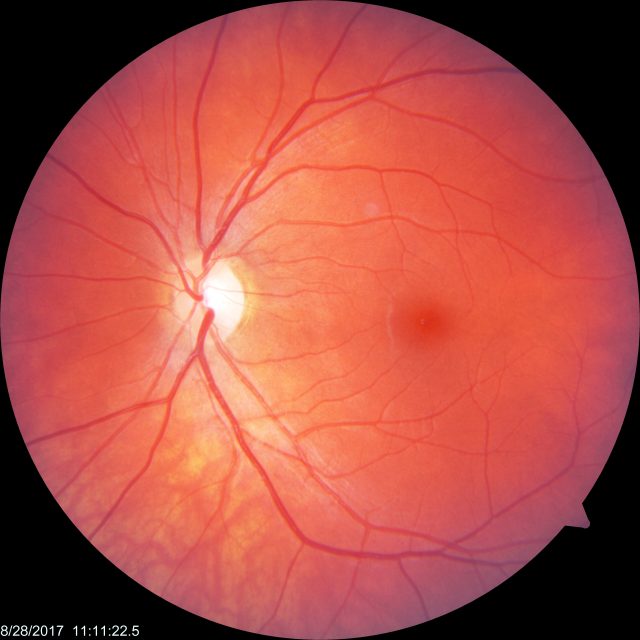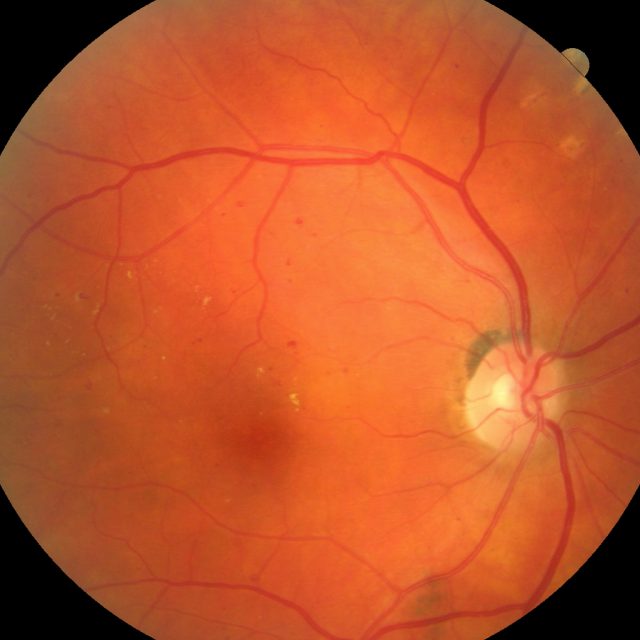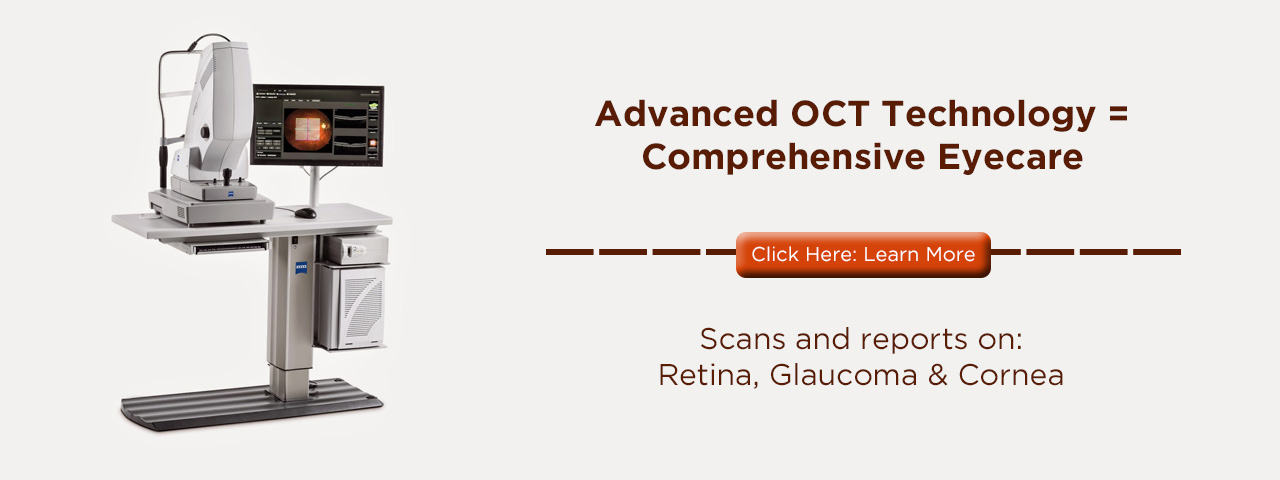
Unlike a routine eye exam that assesses your visual system and eye health, anyone who was diagnosed with type 1 or type 2 diabetes requires an additional test for their eye exam. Traditionally, everyone had their pupils dilated in order to get a clear picture of the eye, however, with modern advances in technology, many practices are adding a digital retinal exam as well.
The Beginning of the Dilated Eye Exam
When your eye doctor starts the dilated eye exam, he or she will instill dilating drops in each eye, which would enlarge your pupils to give the doctor a better view of certain parts of the back of the eye. The drops can take at most 20 to 30 minutes to take effect, but the effects last well beyond the exam up to several hours.
Why Does an Optometrist Dilate the Eyes?
Enlarging the pupils will allow for more light to enter the eye. When more light can enter the eye, this allows for your eye doctor to have a greater range of visibility within the eye. This provides your eye doctor the ability to use a special magnifying lens to examine the tissues at the back of the eye, including the retina, the macula, and the optic nerve.
Images Captured by Our OCT
Village Eye Care’s Optical Coherence Tomography
An OCT scan performed by Dr. Vaughan or Dr. Arcolano can review the health of your eye by detecting subtle changes in the retina - a key factor in managing your diabetes. Every layer in the retina provides relevant information to your eye doctor, such as signs of diabetic retinopathy, glaucoma, or age-related macular degeneration (AMD). Diabetic retinopathy is captured on an OTC scan of the retina by checking for any internal damage, such as swelling (diabetic macular edema) or bleeding in the retina.
An OCT scan plays a pivotal part in our diabetic patients’ care. Every scan is digitally stored and creates a documented, visual history of your eye health. The yearly changes indicate clear signs of health improvement or increase the risk of potential vision loss.
In addition, OCT scans are shared with your primary physician to help determine the best methods to help you maintain your diabetes in general. Early prevention through annual diabetic eye exams and OCT scans make for an ideal solution to maintain healthy vision.
For anyone with diabetes, these exams are essential as diabetic retinopathy is a leading cause of blindness. By examining a greater range of the eye’s interior, the diabetic eye exam can detect signs of swelling or leaking of blood vessels in the retina.
After the Dilated Eye Exam
While people might relax at the optometrist’s office until the effects start to fade, it’s recommended that you invest in a pair of polarized sunglasses. In some cases, your optometrist may supply you with a free, generally temporary, pair of sunglasses to protect your eyes. While tinted lenses can reduce the amount of light that enters the eyes, during the time your eyesight is extra sensitive, the added protection from polarization is essential.
The concept is very similar in children. Children naturally have larger pupils, so their eyes are extra sensitive to light, and therefore should wear sunglasses with UV protection.
 A Healthy Diet is Key in Prevention
A Healthy Diet is Key in Prevention
The findings from your diabetic eye exam can give your doctor important information about your overall health, particularly diabetes and high blood pressure. Plus, your optometrist can help you manage your diabetes and prevent the progression of the condition. For example, most diabetics know that nutrition is the key factor in maintaining a normal, healthy lifestyle. Your eye doctor is a great resource to review your diet and can advise you on what foods are recommended and what to avoid.
For further information about how diabetes plays a role in your vision, call our office to schedule your annual diabetic eye exam.
Read more




